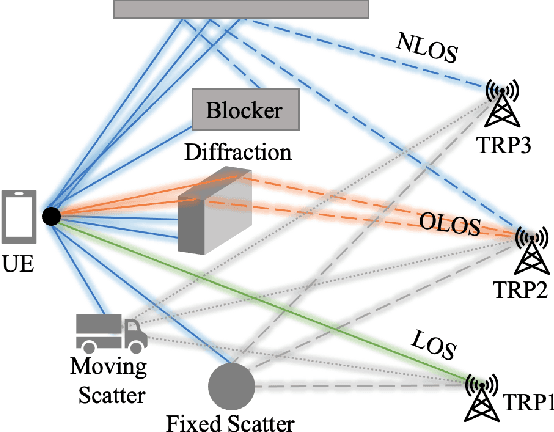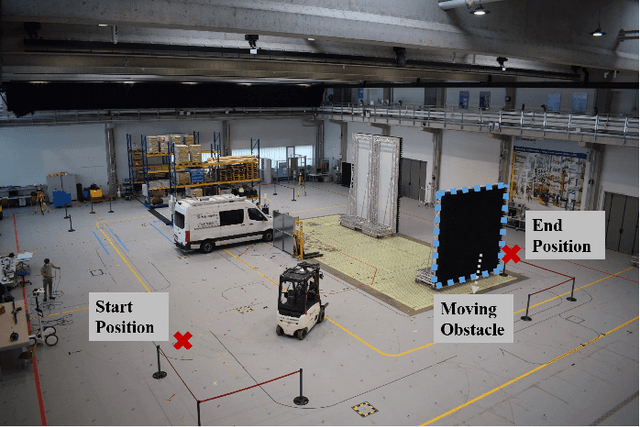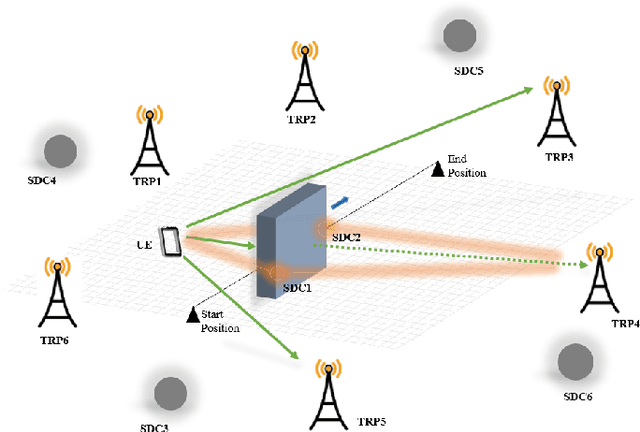Complementary Semi-Deterministic Clusters for Realistic Statistical Channel Models for Positioning
Paper and Code
Jul 16, 2022



Positioning benefits from channel models that capture geometric effects and, in particular, from the signal properties of the first arriving path and the spatial consistency of the propagation condition of multiple links. The models that capture the physical effects observed in a realistic deployment scenario are essential for assessing the potential benefits of enhancements in positioning methods. Channel models based on ray-tracing simulations and statistical channel models, which are current state-of-the-art methods employed to evaluate performance of positioning in 3GPP systems, do not fully capture important aspects applicable to positioning. Hence, we propose an extension of existing statistical channel models with semi-deterministic clusters (SDCs). SDCs allow channels to be simulated using three types of clusters: fixed-, specular-, and random-clusters. Our results show that the proposed model aligns with measurements obtained in a real deployment scenario. Thus, our channel models can be used to develop advanced positioning solutions based on machine learning, which enable positioning with centimeter level accuracy in NLOS and multipath scenarios.
 Add to Chrome
Add to Chrome Add to Firefox
Add to Firefox Add to Edge
Add to Edge